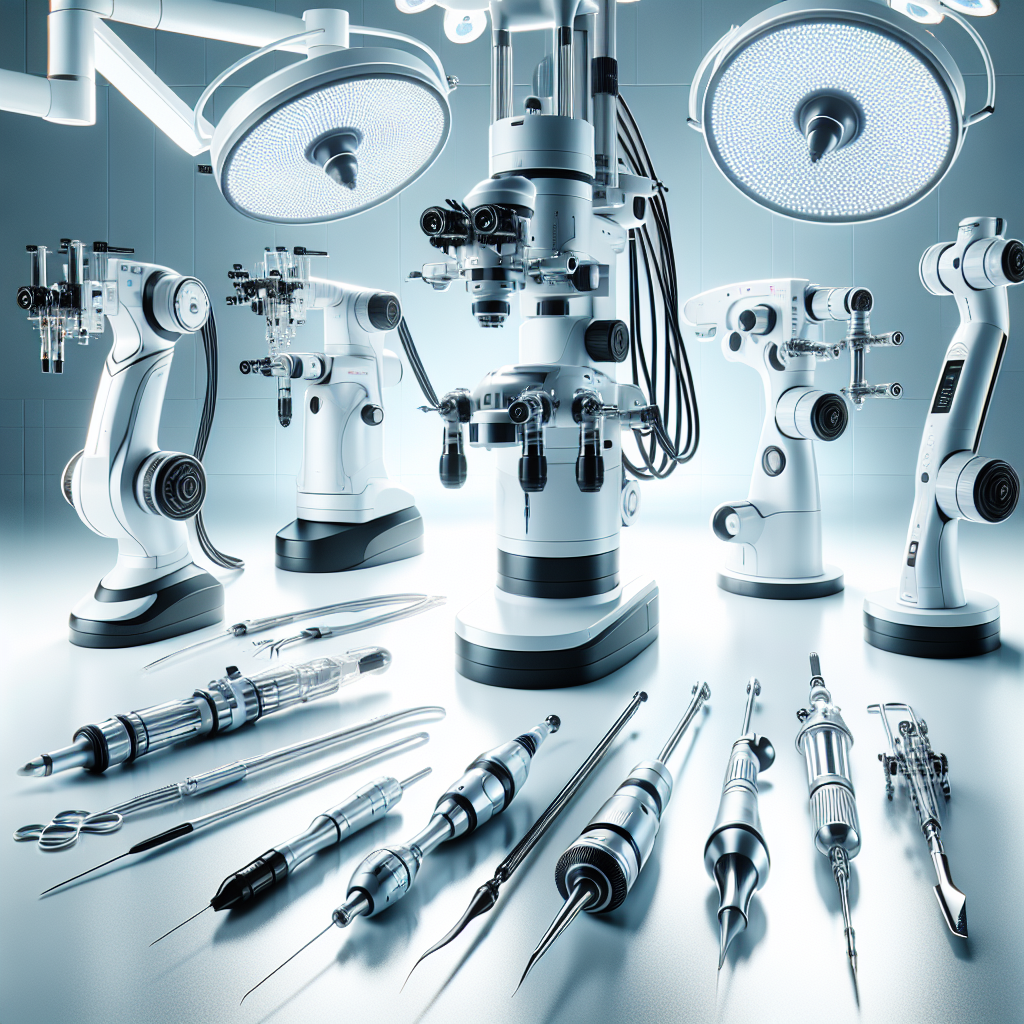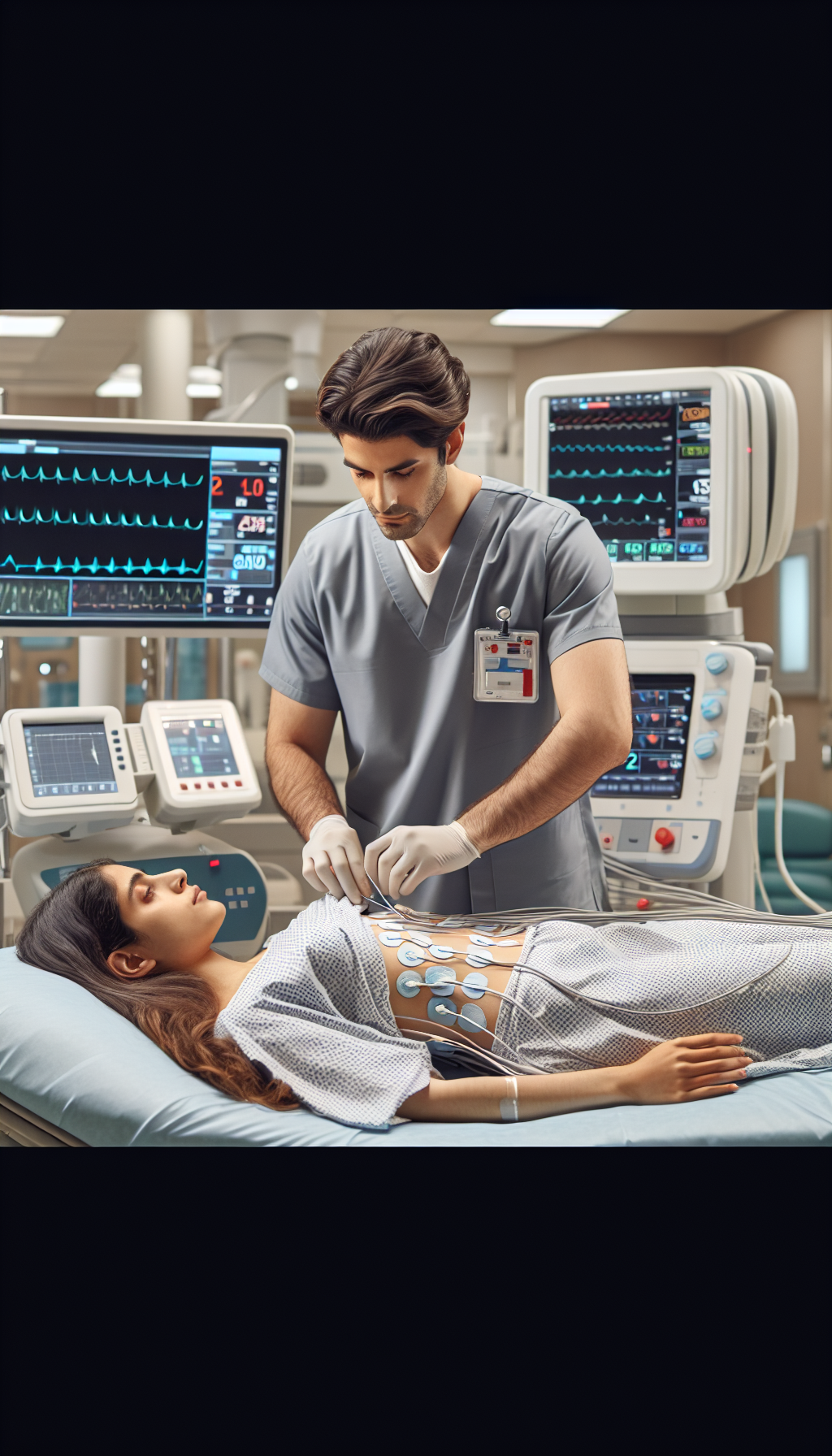Cardiovascular disease remains one of the leading causes of mortality worldwide, making the quest for less invasive, more effective treatments a priority in medical research and practice. Advancements in non-invasive cardiac surgery techniques are revolutionizing patient care, offering safer options with quicker recovery times and less risk of complications. This article delves into the latest breakthroughs in non-invasive cardiac procedures, how they compare to traditional methods, and what the future may hold for heart health management.
The Evolution of Non-Invasive Cardiac Surgery
Traditionally, cardiac surgeries, such as coronary artery bypass grafting (CABG) and heart valve replacements, have been performed through open-heart surgery, which requires a large incision in the chest and the use of a heart-lung bypass machine. However, the development of non-invasive techniques is changing the landscape of cardiac care.
Non-invasive cardiac surgery utilizes small incisions or catheter-based approaches to repair or replace heart valves, open blocked arteries, and perform other heart-related procedures without the need for large incisions. These methods reduce trauma to the body, lessen the risk of infection, and support faster recovery.
Transcatheter Aortic Valve Replacement (TAVR)
One of the most significant non-invasive interventions is Transcatheter Aortic Valve Replacement (TAVR). TAVR allows for the placement of a new heart valve via a catheter inserted through the femoral artery in the groin. This procedure is particularly beneficial for patients who are at high risk for traditional open-heart surgery.
Percutaneous Coronary Intervention (PCI)
Percutaneous Coronary Intervention, also known as angioplasty, is another less invasive procedure that has gained traction. PCI involves the insertion of a catheter to clear blocked coronary arteries, often with the placement of a stent to keep the artery open.
Stereotaxis Robotic Magnetic Navigation
The use of robotic magnetic navigation in cardiac catheterization is another frontier in non-invasive surgery. This technology allows for more precise control of the catheter, potentially reducing procedure times and improving outcomes.
Benefits of Non-Invasive Cardiac Surgery
Non-invasive cardiac procedures offer a myriad of benefits over traditional surgery. Patients typically experience less pain, shorter hospital stays, and a quicker return to daily activities. Furthermore, these methods reduce the risk of surgical complications such as bleeding, infection, and stroke.
The advantages extend to healthcare systems as well, with non-invasive surgeries often being more cost-effective due to reduced hospitalization times and lower post-operative care requirements.
Challenges and Considerations
Despite their benefits, non-invasive cardiac surgeries are not without challenges. The selection of patients who are suitable candidates requires careful evaluation. Not all patients will be eligible for non-invasive procedures, depending on the complexity of their condition and other health factors.
Additionally, these advanced procedures demand highly skilled specialists and state-of-the-art medical facilities equipped with the latest technology.
Integrating Heart Health Strategies
Adopting non-invasive surgical techniques goes hand in hand with a holistic approach to heart health. Strategies for weight management and stress reduction are integral components of a comprehensive cardiovascular care plan. Incorporating dietary considerations such as the benefits of plant sterol-enriched diets can further support heart health.
For more detailed information on maintaining cardiovascular health, visit Cardiovascular Health for resources and guidance.
Cutting-edge Research and Future Directions
The future of non-invasive cardiac surgery is promising, with ongoing research aimed at improving techniques and expanding their applications. The development of new materials for heart valves and stents, along with advancements in imaging and robotics, will further enhance the precision and safety of these procedures.
Innovative research also explores the regeneration of heart tissue using stem cells, which could potentially repair damaged hearts without the need for invasive surgery.
Patient Education and Awareness
As non-invasive cardiac care techniques continue to evolve, patient education becomes increasingly important. Understanding the options available, the risks and benefits, and the post-surgery care requirements is crucial for patients to make informed decisions about their treatment.
Healthcare providers play a vital role in educating patients and the public about these advancements. Increased awareness can lead to earlier intervention and better outcomes for individuals at risk of heart disease.
External Resources for Further Reading
To learn more about the advancements in non-invasive cardiac surgery, the following resources offer valuable insights:
- Society of Thoracic Surgeons: Provides detailed information on the latest surgical techniques and patient outcomes.
- American College of Cardiology: Offers comprehensive resources on cardiovascular care, including non-invasive procedures.
Conclusion
The advancements in non-invasive cardiac surgery represent a significant leap forward in the treatment of heart disease. With ongoing research and development, these procedures are set to become even more effective and widely available, transforming the lives of patients and the practice of cardiac care.
As the medical community and patients alike embrace these innovative techniques, the future of heart health looks brighter than ever.



